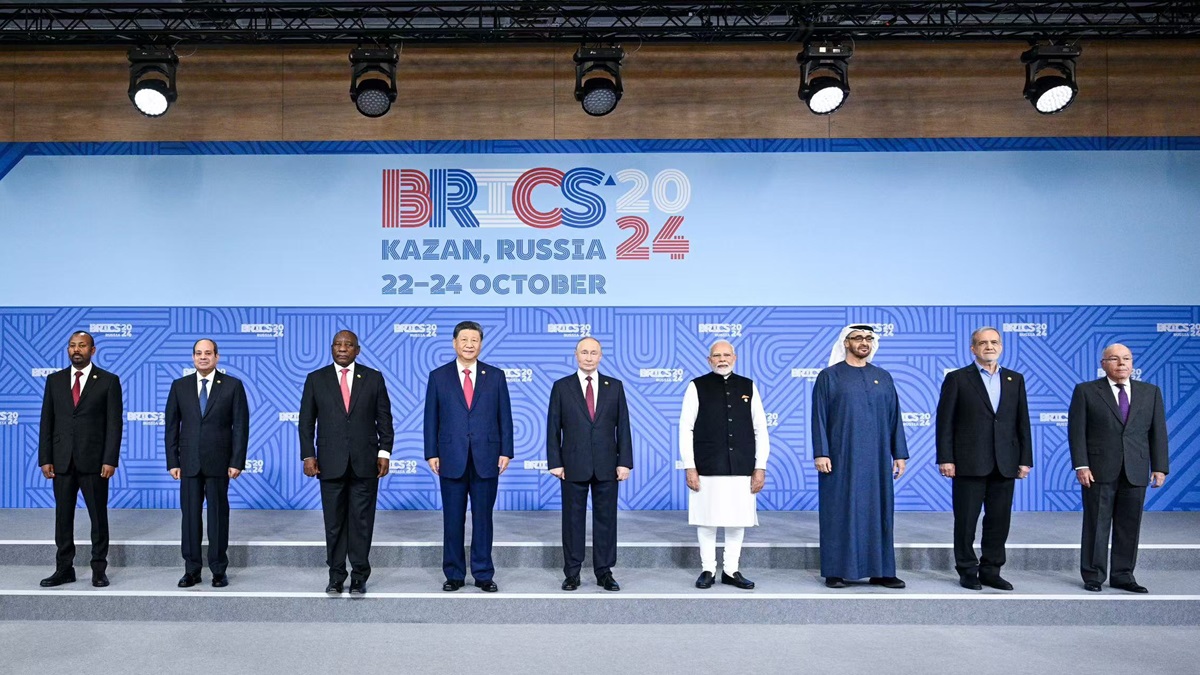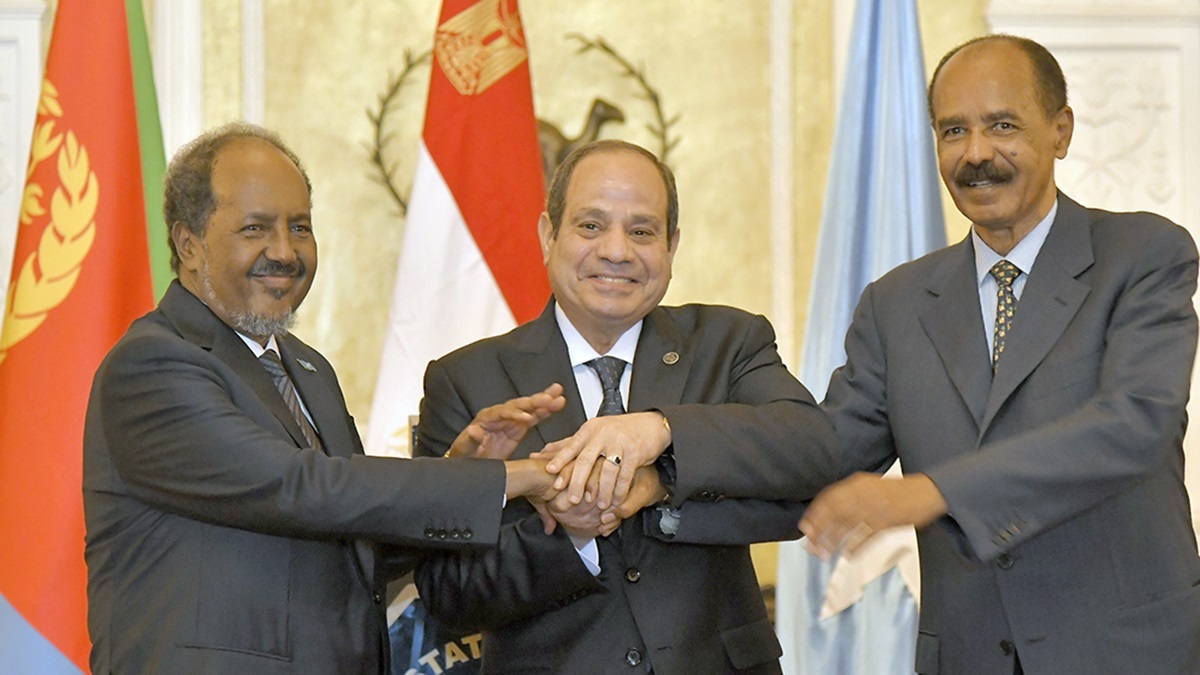
Sosena Kebede, MD, MPH
Addis Abeba, April 06/2020 – Sometimes it takes drastic events like the ongoing COVID-19 pandemic to remind us our collective vulnerabilities and our limited resources. Even the United States of America, one of the wealthiest countries that spends 18% of its GDP on health care (about 3.5 trillion dollars a year) has found out that human and technical resources are limited. There is a shortage of testing kits, a shortage of healthcare workers, a shortage of Personal Protective Equipment (PPE) and a shortage of beds and ventilators, in the United States of America. Who would have guessed?
Although the temptation is to think that the current pandemic is a black swan event, and the scarcity we are experiencing now is because we were caught off guard, economists will tell us that resources are in fact always limited- it is just that we don’t always behave as though they are. Health care resources are limited in the United States and health care resources are very limited in developing nations. With limited healthcare resources comes the need to decide on appropriate use of healthcare resources. Appropriate use of healthcare resources has to consider efficiency-the economic principle of maximizing benefits from available resources.
There are two major categories of containing the spread of the Corona virus. One is technical (early and widespread testing) and the other is community based social/behavioral interventions (physical distancing, practicing basic hand hygiene etc). Both interventions are very important but access to testing kits is limited and human behavior is hard to change. So how should limited resources be prioritized to tackle preventive endeavors?
Although the vast majority of people with COVID-19 will only have mild symptoms the virus is very contagious and has about 10 times the fatality rate of the seasonal flu. Hundreds of people are dying every day across the globe and there is no proven treatment for this virus. Even when treatment becomes available, access to the medication will likely be limited in the early phases. So, how should limited resources be prioritized to tackle preventive versus treatment endeavors?
Affluent nations have the economic and human resources reserve to tackle multiple endeavors simultaneously, both from the preventive and curative arms of intervention. Poor nations on the other hand have to grapple with the ‘opportunity cost’ of prioritizing one worthy cause over another equally worthy cause.
According to a 2018 World Bank data, Ethiopia has a population of over 109 million people, a physician to population ratio of 1:10,000. Although it is old and may not represent current status, a 2014 comprehensive data recorded by Ethiodemography and Health shows there were less than 200 hospitals with less than 8000 beds in the entire country. The latest HospeTrack Hospital Intelligence for Ethiopia shows that as of 2019, about 196 hospitals were functioning in Ethiopia with only 20 of them providing tertiary care services.
Ethiopia spends 5% of its annual budget on healthcare and the per capita health expenditure is between $30- $80, depending on what source you look at. Most hospitals are in a state of disrepair with severe resource shortages including running water and sanitation facilities. Healthcare workers do not have enough gloves, disinfecting wipes and Personal Protective Equipment (PPE) such as face masks. The capital city, Addis Abeba has one of the highest urbanization rates in the world (over 4% per year) and is home to some 4 million people, who live crowded in the center. This is where most of the COVID-19 cases have been identified in the country thus far. This is also a grim place to contemplate an epidemic.
What is the most efficient way for Ethiopia to use its limited resources in order to prevent and contain the spread of this virus which could be catastrophic? The country’s health economists, policy makers and politicians are likely in the thick of this debate at this point but it is a worthwhile topic for the general public to contemplate as well.
Widespread testing for the Coronavirus allows for early detection and isolation of cases which is very effective to contain the disease. Unfortunately, testing kits are limited even in developed nations. The majority of people who get infected with the Coronavirus will not require in-hospital treatment. Even if they did, Ethiopian hospitals have severe shortages of beds, clinicians and assistive devices including ventilators to manage respiratory compromise. Additionally, early studies indicate that patients with COVID-19 who required ICU admission had high mortality rates2. The need to fit Ethiopian hospitals with technical equipment for Intensive Care Unit (ICU) including ventilators notwithstanding, investing in efforts that safely keep people out of the hospital seems to be a wise goal at this point.
Disaster preparedness, infection containment and disease management efforts for COVID-19 should ideally be comprehensive to include every option from the preventive and curative arm of healthcare all the way to ICU level of care. However, low income countries have to weigh the opportunity cost of investing each healthcare dollar carefully. All things considered investing in the preventive arm of the care with a focus on community education and empowerment is likely to give the best bang for Ethiopia’s modest health care dollars.
Creating an alliance between the health system and the community so that people are provided for and empowered to protect themselves and their neighbors is the most efficient way to contain the in-country spread of the pandemic. Hospital associated harm is an enormous patient safety issue globally and if people flood crowded hospitals during pandemics healthcare workers, and not just their patients, will be at a greater health risk. Engaged and empowered communities play a pivotal role in supporting health systems and governments during times of pandemics by adhering to sound public health recommendations.
Besides efficiency there are a couple of “E”s health economists like to throw around and these are “Effectiveness” and “Equity”. Public health interventions are highly effective for protecting communities against COVID-19 as well as other infectious diseases. Public health resourced and empowered communities are more likely to live healthy lives in general and will be resilient citizens during future epidemics (which will visit us again at a time TBD).
Finally, equity: public health principles are fundamentally concerned with optimizing the conditions in which people live, work and play so that they can lead healthy lives. In countries where there may be millions of people who struggle to afford their daily bread much less expensive hospitalizations governments have a moral imperative to prioritize public health measures. Providing access to clean water and sanitation facilities to communities is foundational for creating an equitable society and averting massive calamities from infectious diseases that always disproportionately affect the poor. AS
__________________________________//_____________________________________

Editor’s Note: Sosena Kebede, MD, MPH, is the founder and Executive Consultant of HealthCare Engagement, LLC that provides quality improvement services to health systems and patient engagement trainings to community members. She is an internal medicine physician who worked for the Johns Hopkins Health System (JHHS) for several years on various capacities including as an Assistant Professor of Medicine at the School of Medicine, as Health Policy Instructor at the Bloomberg School of Public Health, as Patient Safety and Quality Consultant at the Armstrong Institute for Patient Safety and Quality and as a Primary Care Physician at one of JHHS’ community physician sites.
She can be reached at soskeb@gmail.com
 Ethiopia’s role in Multilateralism: BRICS membership as a promising renaissance
Ethiopia’s role in Multilateralism: BRICS membership as a promising renaissance A New Axis Against Ethiopia: Conflicting agendas, fragile alliances, and Ethiopia’s manoeuvrable reaction
A New Axis Against Ethiopia: Conflicting agendas, fragile alliances, and Ethiopia’s manoeuvrable reaction